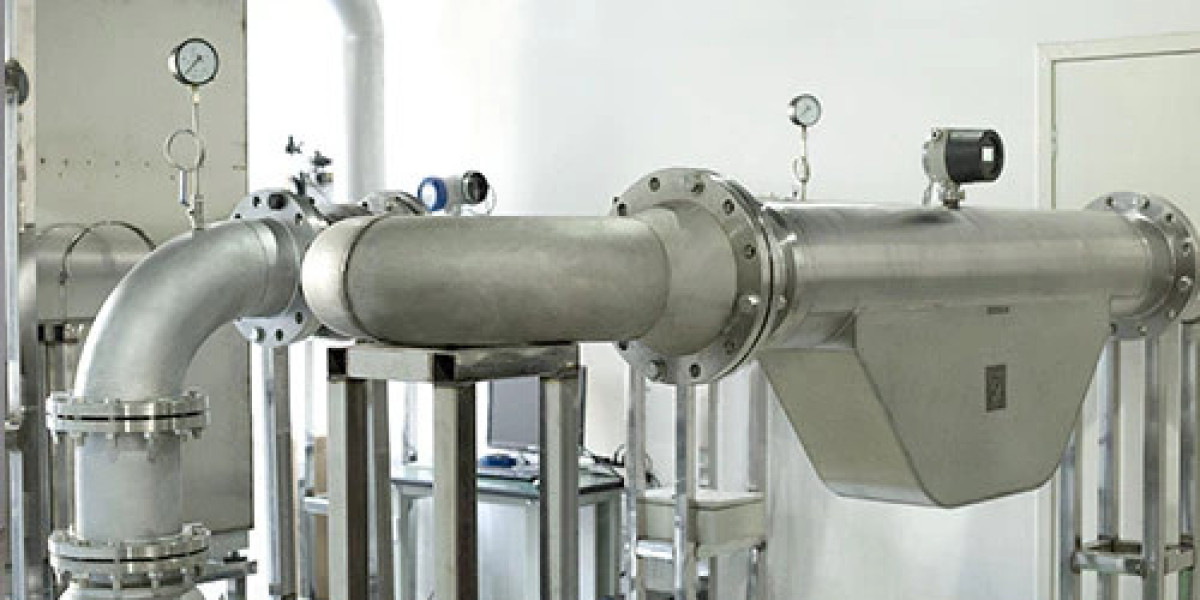Coriolis meters are widely used in various industrial processes to measure the mass flow rate of fluids. However, to ensure accurate and reliable measurements, Coriolis meters must be properly calibrated. Calibration is the process of adjusting the meter's output to match the actual flow rate of the fluid. In this article, we will discuss the importance of Coriolis meter calibration in industrial processes and the benefits of regular calibration.
Why Calibration is Important
Calibration is essential for coriolis meters because it ensures that the meter is measuring the flow rate accurately. If the meter is not calibrated correctly, it can lead to errors in measurement, which can have serious consequences in industrial processes. For example, in the oil and gas industry, inaccurate measurements can lead to incorrect billing, loss of revenue, and even safety hazards. In the chemical processing industry, inaccurate measurements can lead to incorrect mixing of chemicals, which can result in off-spec products or even safety hazards.
Benefits of Regular Calibration
Regular calibration of Coriolis meters offers several benefits, including:
Improved Accuracy: Calibration ensures that the meter is measuring the flow rate accurately, which is critical in industrial processes where small errors can have significant consequences.
Increased Reliability: Calibration helps to identify and correct any issues with the meter, which can improve its reliability and reduce the risk of errors.
Reduced Maintenance: Regular calibration can help to identify potential issues with the meter before they become major problems, which can reduce maintenance costs and downtime.
Compliance with Regulations: Calibration is often required by regulatory agencies to ensure that meters are measuring accurately and reliably.
How to Calibrate a Coriolis Meter
Calibrating a Coriolis meter involves adjusting the meter's output to match the actual flow rate of the fluid. This is typically done by comparing the meter's output to a known reference standard. There are several methods of calibration, including:
Wet Calibration: This involves flowing a known quantity of fluid through the meter and comparing the meter's output to the known flow rate.
Dry Calibration: This involves using a calibration device to simulate the flow of fluid through the meter and comparing the meter's output to the known flow rate.
In-Situ Calibration: This involves calibrating the meter in place, without removing it from the process line.
Best Practices for Coriolis Meter Calibration
To ensure accurate and reliable calibration, it is essential to follow best practices, including:
Regular Calibration: Calibrate the meter regularly to ensure that it remains accurate and reliable.
Use of Certified Calibration Standards: Use certified calibration standards to ensure that the calibration is accurate and reliable.
Documentation: Document the calibration process and results to ensure that the meter's accuracy and reliability are maintained.
Training: Ensure that personnel are properly trained in the calibration process to ensure that it is done correctly.
Conclusion
In conclusion, Coriolis meter calibration is a critical process in industrial processes that ensures accurate and reliable measurements. Regular calibration offers several benefits, including improved accuracy, increased reliability, reduced maintenance, and compliance with regulations. By following best practices and using certified calibration standards, industries can ensure that their Coriolis meters are calibrated correctly and providing accurate and reliable measurements.








